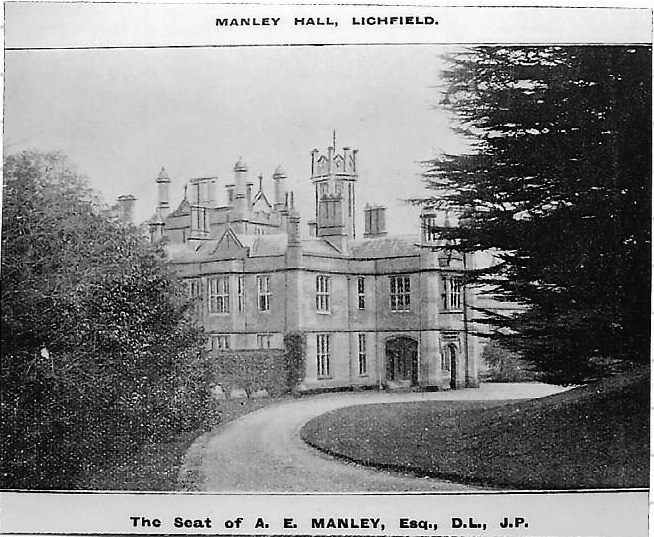A perambulation of the boundary of Sutton Coldfield made in 1824 describes the section between Little Hay and Canwell Gate as having “Lands of Admiral Manley on the left”. Admiral Manley had inherited over thirteen hundred acres of land at Weeford from his father, including the Thickbroom estate which lay to the north of Sutton, between the Sutton boundary and Watling Street (now the A5), and between Little Hay and London Road (A446).
Thickbroom is a deserted medieval village, probably near the site of Thickbroom Cottage (now demolished), which stood half-way along the lane leading from Little Hay to the A446, on the south side. Admiral Manley did not reside at Thickbroom, but on another of his estates in Oxfordshire. In 1768, at the age of 13, Isaac George Manley sailed with Captain Cook on his five-year voyage of discovery, and afterwards rose through the ranks of the navy. (A more illustrious admiral is associated with the nearby Little Aston Hall - Admiral Jervis, Lord St Vincent, who, as First Sea Lord, was a patron of Lord Nelson, was the grandfather of Edward Jervis, owner of Little Aston in 1844).
Admiral Manley died in 1837 and was succeeded by his son, John Shawe Manley. He and his wife Catherine had moved into Thickbroom Cottage just after their marriage in 1821. The John Shawe Manleys were wealthy, and their growing family needed more living space, so ambitious plans were laid for a new house, to be known as Thickbroom Hall. Built on rising ground on the opposite side of the Black Brook from Thickbroom Cottage, the hall was begun in 1831 and completed in 1836, with an official opening on September 15th. The name soon changed to Manley Hall.
Manley Hall, an imposing stately home in the Elizabethan style, remained the home of the Manley family until 1925, when it became Manley Hall Preparatory School for Boys; after the school closed in 1958 the building became derelict and was demolished in 1961. Sutton historian Keith Jordan has written a history, “Manley Hall and the Manley Family”, giving a full account of this local story - copies can be ordered, price £9 (including p&p) from the Sutton Coldfield Local History Research Group, c/o 210 Dower Road, Sutton Coldfield B75 6SZ. This article is based on Keith Jordan’s research.
